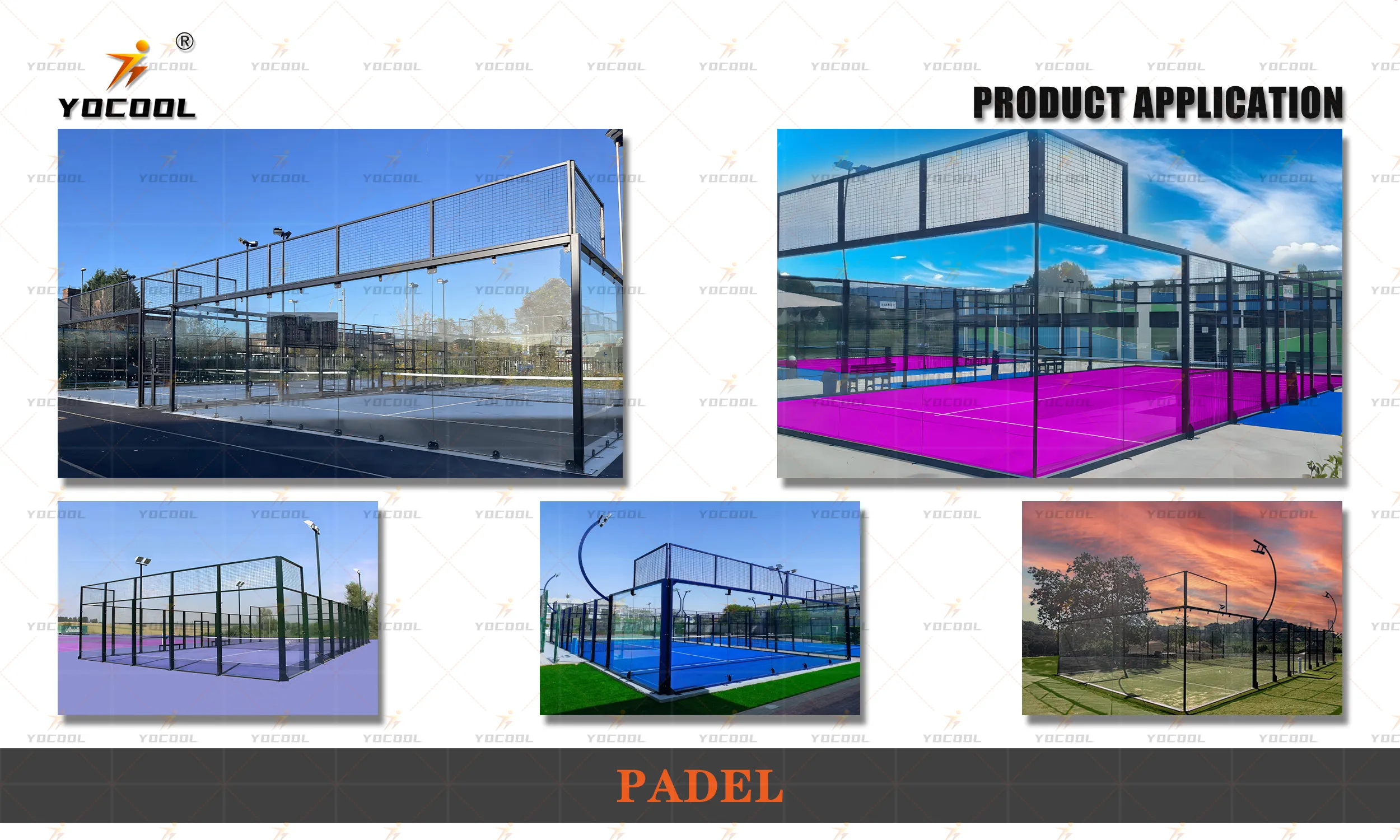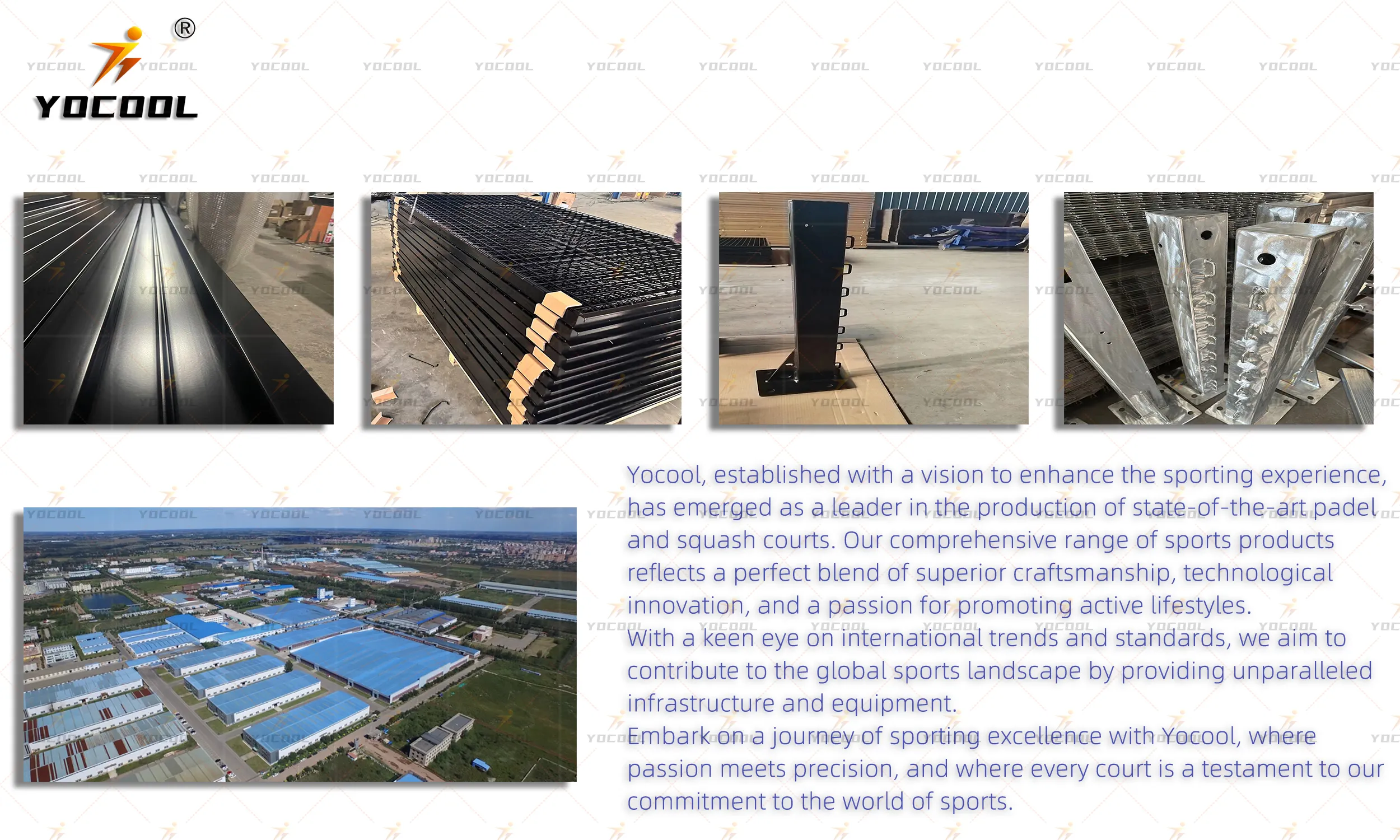When considering the cost of installing a padel court, several factors come into play that can influence the overall expenditure. Though initially appearing straightforward, the intricacies of pricing are shaped by unique requirements and regional variables. As an expert in the field, providing clarity on these aspects is essential in ensuring a well-informed decision that balances quality with budgetary constraints.

The first and most significant determinant in the cost of a padel court is the type of turf used. The choice between artificial grass, polypropylene, or acrylic surfaces influences not only the playability and maintenance of the court but also its cost. Artificial grass, while initially more expensive, offers durability and low maintenance costs, making it ideal for those seeking a long-term investment. Conversely, polypropylene may cost less upfront but could require more frequent upkeep.
Foundation work is another crucial cost factor. A padel court requires a specific foundation type, typically concrete, to support the structure. The quality of the concrete slab is paramount to the longevity and performance of the court. Site preparation, including leveling, drainage, and ground stability, adds to these expenses but ensures structural integrity and safety.

Enclosures and fencing, which provide not only security but also define the playing area, constitute another essential aspect of the overall cost. Standard enclosures feature a mix of glass and mesh, with tempered glass being the optimum choice for its durability and minimal visual obstruction. While mesh fencing may present a cost-effective alternative, it lacks the professional aesthetic and durability of glass.
Lighting is pivotal for extended play, especially in regions with shorter daylight hours. LED lighting systems, known for their energy efficiency and long lifespan, represent the preferred option despite their higher initial cost. This reliance on advanced lighting systems highlights the necessity for sustainable solutions that align with technological advancements.
Additionally, considering the court’s location profoundly impacts cost. Installing a court in an urban setting may incur higher labor and transportation costs, contrasting with rural areas where logistics might be simpler yet could face hurdles related to accessibility and regulatory permits.
padel court cost
It’s imperative to acknowledge regional climatic conditions when planning a padel court. Areas prone to extreme weather variations might require additional features such as windbreakers or covers, escalating the price but ensuring continued usability regardless of environmental challenges.
Furthermore, the inclusion of amenities such as seating areas, clubhouses, or pro shops can add substantially to the budget. These facilities enhance player experience and provide additional revenue opportunities, making them an investment worth considering for commercial setups.
Maintenance cost, although not immediate, forms a part of the ongoing expenditure. Regular cleaning, turf grooming, and equipment checks are necessary for peak performance and longevity. Budgeting for these recurrent expenses is as critical as the initial investment, ensuring sustainable operational management.
Engaging an experienced contractor with a proven track record in padel court construction can mitigate unexpected costs. Expertise in local regulations, material sourcing, and innovative construction techniques translates into cost efficiency without compromising quality or safety.
In summary, while the initial cost of a padel court might seem daunting, understanding the comprehensive breakdown of expenses allows stakeholders to make strategic decisions. Offering a blend of quality material choices, thoughtful site preparation, and equipped facilities reflects the hallmarks of a well-budgeted project. Balancing such considerations against initial and ongoing costs underscores the importance of informed planning, ensuring that investment in a padel court is both rewarding and sustainable.



